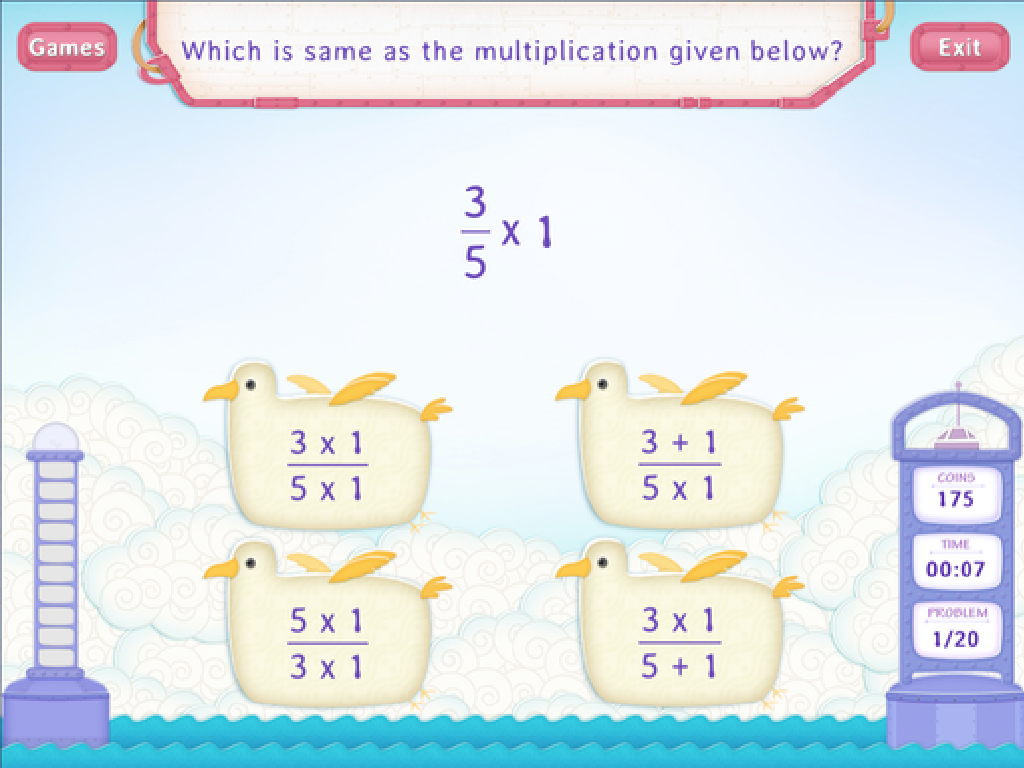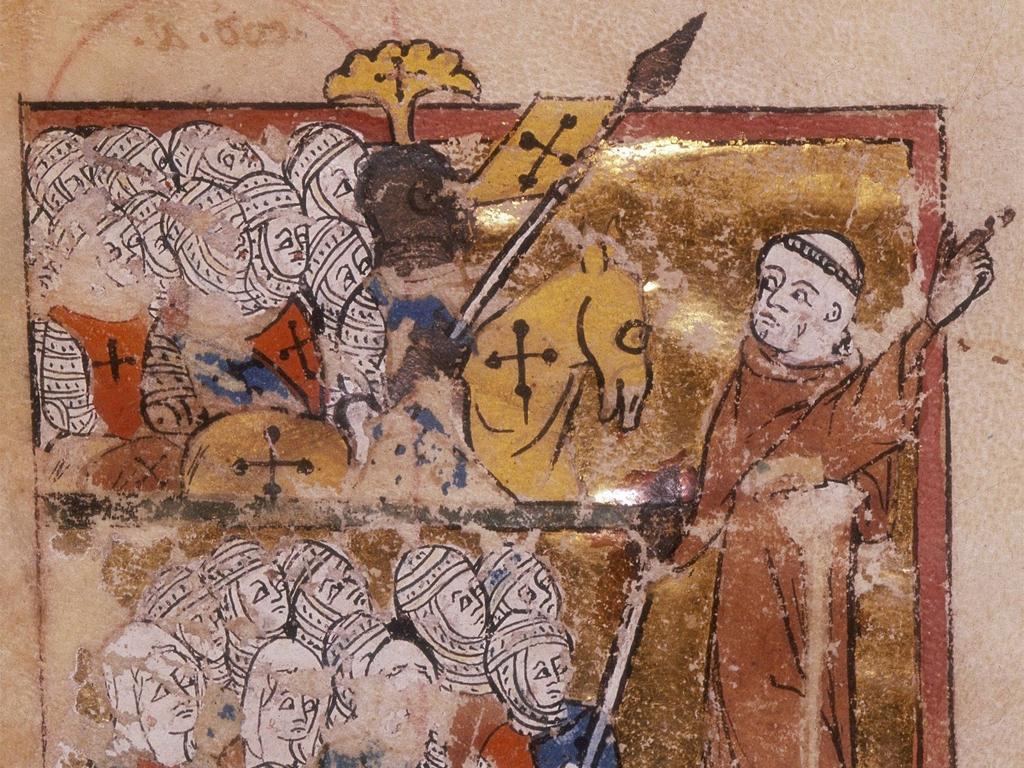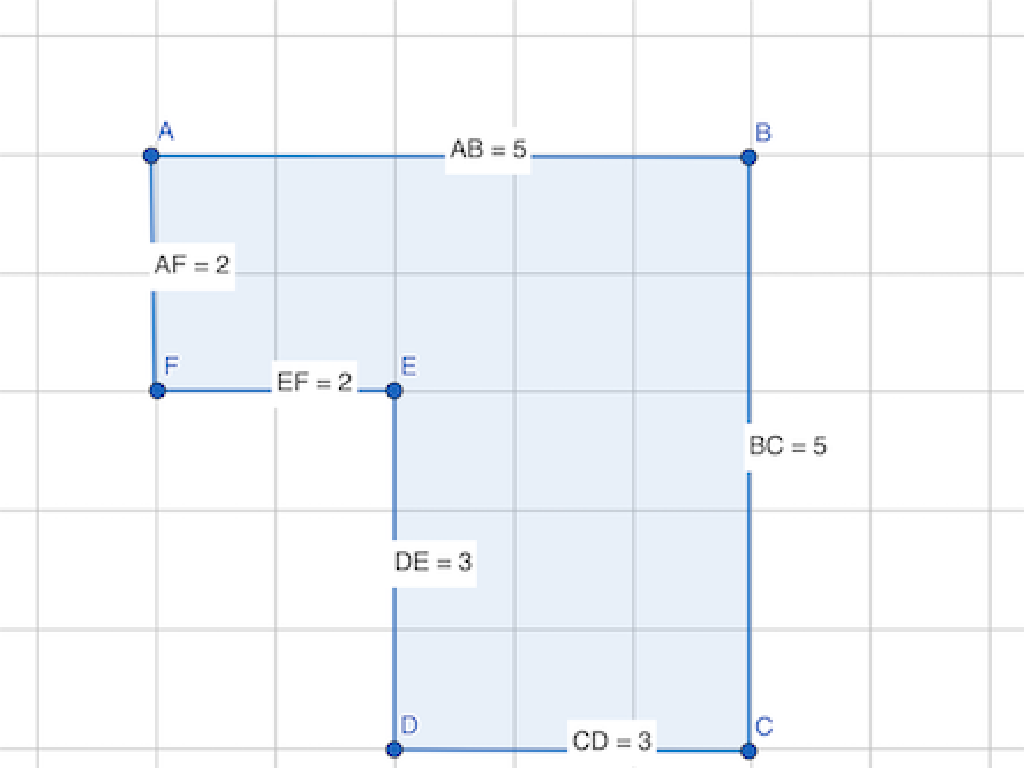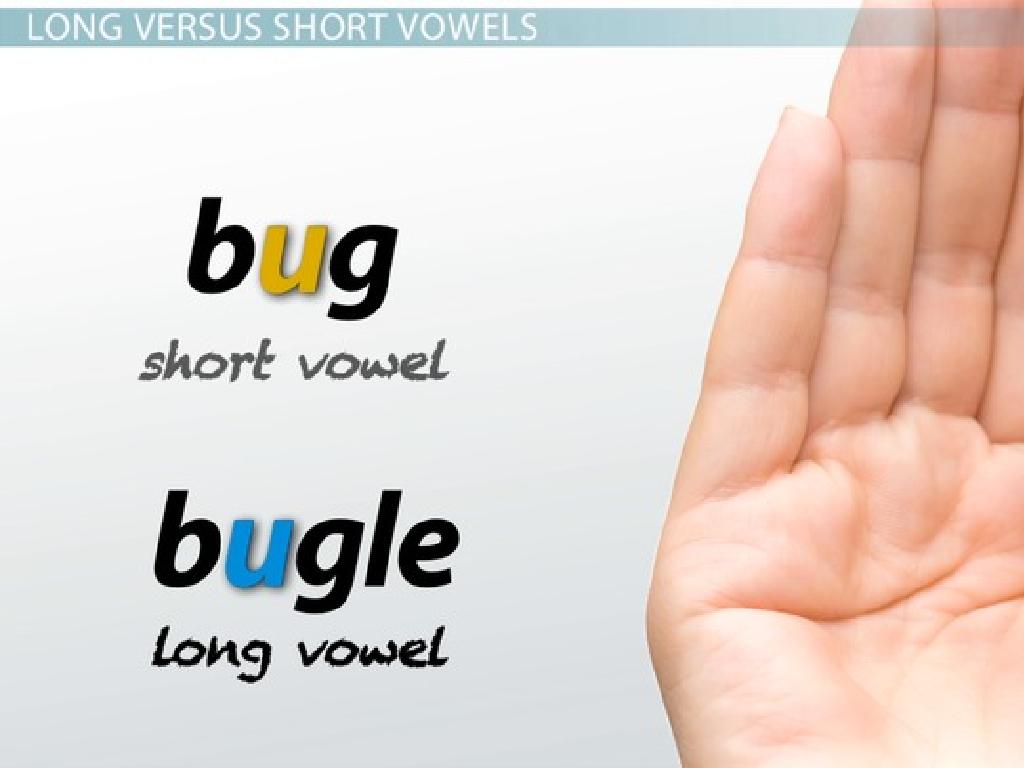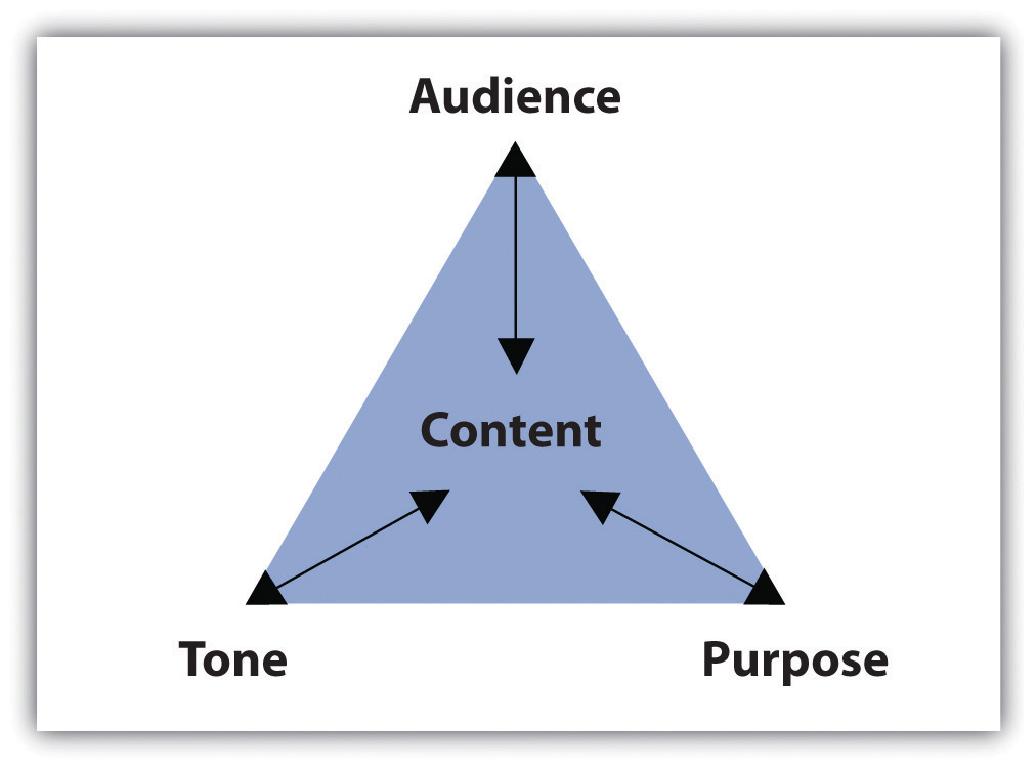Form Contractions With "Not"
Subject: Language arts
Grade: Third grade
Topic: Contractions
Please LOG IN to download the presentation. Access is available to registered users only.
View More Content
Forming Contractions with ‘Not’
– What are contractions?
– A contraction is a shortened form of two words, like ‘don’t’ for ‘do not’.
– ‘Not’ in sentences
– ‘Not’ is used to make a sentence negative, as in ‘I do not like cake’.
– How to form contractions with ‘not’
– Combine ‘not’ with a verb and replace the ‘o’ with an apostrophe: ‘do not’ becomes ‘don’t’.
– Practice examples together
– We’ll try turning sentences with ‘not’ into contractions as a class.
|
This slide introduces the concept of contractions to third-grade students, focusing on those that include the word ‘not’. Begin by explaining what contractions are and why we use them, emphasizing their prevalence in everyday speech and writing. Clarify the role of ‘not’ in making sentences negative. Teach the students the rule for forming contractions with ‘not’ by removing the ‘o’ and replacing it with an apostrophe. Provide several examples and engage the class in an interactive activity where they convert sentences with ‘not’ into contractions. This will help them understand and remember how to form these contractions correctly.
Understanding Contractions with ‘Not’
– What’s a contraction?
– A contraction combines two words into one.
– Apostrophes in contractions
– An apostrophe replaces the omitted letters.
– Examples: can’t, isn’t
– ‘can’t’ is short for ‘cannot’, ‘isn’t’ for ‘is not’.
– Practice forming contractions
|
This slide introduces the concept of contractions to third-grade students, focusing on those that include the word ‘not’. Begin by explaining that a contraction is a way to shorten two words into one, making sentences easier to read and write. Highlight the role of the apostrophe, which takes the place of the letters that are left out. Provide clear examples using ‘not’, such as ‘can’t’ for ‘cannot’ and ‘isn’t’ for ‘is not’. Encourage students to practice by writing sentences with both the full form and the contraction, reinforcing the concept that contractions make sentences shorter and quicker to write.
Creating Contractions with ‘Not’
– ‘Not’ makes sentences negative
– Example without contraction
– ‘She is not going to the park’ becomes ‘She isn’t going to the park’
– Contractions simplify speech
– ‘Do not’ becomes ‘don’t’, ‘has not’ becomes ‘hasn’t’
– Practice forming contractions
– Find sentences with ‘not’ and write their contractions
|
This slide introduces the concept of using ‘not’ to form negative sentences and how contractions can make these sentences shorter and easier to say. Start by explaining the role of ‘not’ in making statements negative. Provide an example of a sentence with ‘not’ and then show how it can be contracted. Emphasize the importance of contractions in everyday speech and writing for making communication more efficient. Encourage students to practice by identifying sentences with ‘not’ and creating their contractions. This will help them become more comfortable with the concept and usage of contractions in their daily language.
Creating Contractions with ‘Not’
– Combine word with ‘not’
– Remove the ‘o’ in ‘not’
– Take ‘is not’, drop the ‘o’, and it becomes ‘isn’t’
– Use an apostrophe (‘)
– The apostrophe shows we took out a letter
– Examples: isn’t, hasn’t
– ‘is not’ becomes ‘isn’t’, ‘has not’ becomes ‘hasn’t’
|
This slide is aimed at teaching third graders how to form contractions with the word ‘not’. Start by explaining that a contraction is a shorter way to say two words. Show them how to combine the word with ‘not’ and remove the letter ‘o’ from ‘not’. Emphasize the use of an apostrophe to indicate where the ‘o’ has been removed. Provide examples like ‘isn’t’ for ‘is not’ and ‘hasn’t’ for ‘has not’. Encourage the students to practice with different verbs and ‘not’ to form contractions. You can also have them write sentences using these contractions to reinforce the concept.
Practice Time: Making Contractions with ‘Not’
– Let’s practice contractions together
– Turn ‘do not’ into a contraction
– ‘do not’ becomes ‘don’t’
– Guess the contraction for ‘will not’
– ‘will not’ is contracted to ‘won’t’
– Share your answers with the class
|
This slide is for a class activity focused on forming contractions with the word ‘not’. Start by explaining that a contraction is a shortened form of two words, where an apostrophe replaces omitted letters. Encourage the students to try creating contractions with ‘do not’ and ‘will not’. After they attempt to form these contractions, reveal the correct answers (‘don’t’ and ‘won’t’) and discuss any common mistakes or misconceptions. Have the students share their answers aloud to reinforce their learning and to build confidence. For further practice, you can have students work in pairs to create a list of contractions using ‘not’ and use them in sentences.
Let’s Play a Matching Game with Contractions!
– Match contractions to original words
– What two words make ‘can’t’? Hint: can not
– Partner up for more fun
– Two heads are better than one!
– Find as many matches as possible
– Who can find the most pairs?
– Ready, set, go!
|
This slide introduces a classroom activity designed to help third graders understand and form contractions with ‘not’. Students will work in pairs to match contractions with their corresponding original words, fostering collaboration and reinforcing the concept through a fun game. Encourage students to communicate and discuss with their partners why they think certain words match with contractions. Provide a list of contractions and their expanded forms for reference. Possible contractions include can’t (cannot), won’t (will not), and don’t (do not). The activity can be turned into a friendly competition to see which pair can find the most matches, thereby motivating the students to engage more deeply with the learning material.
Class Activity: Contraction Creation!
– Make your own contraction flashcards
– Combine ‘not’ with a word to make contractions
– Examples: can’t (cannot), don’t (do not)
– Decorate your flashcards
– Share your flashcards with the class
|
This activity is designed to help students understand and practice forming contractions using the word ‘not’. Students will create flashcards, each with a different contraction. Encourage creativity in decorating to make the activity enjoyable. Provide examples like ‘isn’t’ for ‘is not’, and ‘hasn’t’ for ‘has not’ to get them started. Once completed, students will share their flashcards with the class, which will help reinforce their learning and build confidence. Possible variations for the activity: 1) Pair students to test each other, 2) Create a contraction matching game, 3) Write sentences using their contractions, 4) Have a ‘flashcard gallery walk’ where students can view each other’s work.
Contractions with ‘Not’: Conclusion & Homework
– Congrats on learning ‘not’ contractions!
– Use contractions in daily talks
– Homework: Write 5 sentences
– Write sentences like ‘can’t’, ‘won’t’, ‘isn’t’
– Share your sentences next class!
– We’ll discuss your examples in class!
|
Well done on today’s lesson about contractions with ‘not’. Remember, the more you practice, the better you’ll get at using them naturally. For homework, I want you to write five sentences using contractions such as ‘can’t’, ‘won’t’, ‘isn’t’, ‘don’t’, and ‘hasn’t’. Try to use them as you would in a conversation. This will help you become more comfortable with contractions in your writing and speaking. Next class, we’ll share some of the sentences you’ve come up with and discuss how these contractions fit into our everyday language. Keep up the great work!

